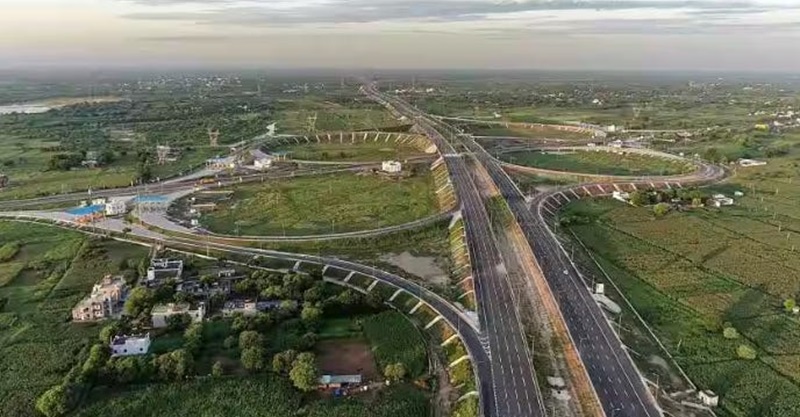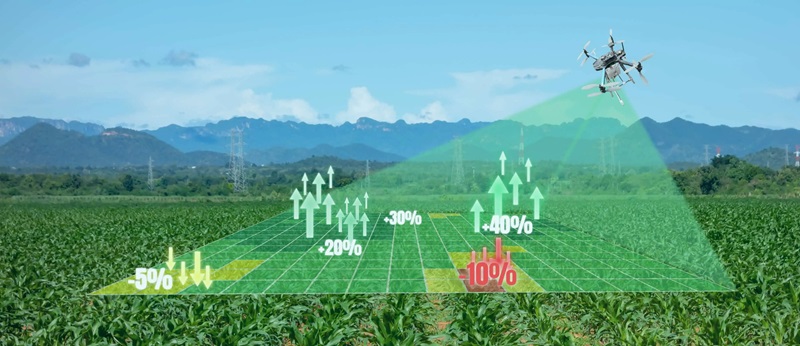A Strategic Discourse on IT Automation

Abhay Munje, Vice President & Chief Information Officer at Oswal Group
Within the dynamic realm of the IT industry, a paradox looms large - an industry dedicated to business automation grapples with a notable reliance on manual processes. This revelation serves as a catalyst for strategic insights, delving into the intricate landscape of IT operations. The following discourse navigates the nuances of this paradox, shedding light on the strategic incorporation of Artificial Intelligence (AI) and the transformative potential it holds for the future of IT services delivery. As IT automation strategies are being decoded, the focus remains on pragmatic approaches rooted in industry insights and a forward-thinking approach.
Manual Endeavours in an Automated Industry
The IT industry, entrusted with automating businesses, faces a paradox of persistently employing manual efforts. Reluctance to embrace extensive automation arises from concerns about potential revenue reduction, creating a delicate balance between efficiency and financial stability. This paradox sets the stage for potential disruption and innovation by external entities free from such constraints.
According to Deloitte, approximately 55% of the IT spend is directed towards IT operations. Consequently, the focus on automating aspects of IT operations becomes a pivotal strategy to enhance business efficiency and cost-effectiveness.
Leveraging the transformative role of Artificial Intelligence (AI), its mainstream integration presents a unique opportunity to revolutionize IT services delivery. By automating various facets of the $1.5 trillion global IT Services industry, the pathway pavers for cost savings, reduced risk, and increased business availability.
The Imperative of Collaboration in Modern Times
Collaboration across organisations isn't confined to technical aspects alone; it extends to market presence and cultural considerations. Partnering with companies entrenched in specific regions becomes a strategic move, saving time and resources. Flexibility and adaptability in navigating cultural nuances are equally important for seamless collaboration.
Integrating stakeholder feedback plays an irreplaceable role in successful automation. Stakeholder collaboration accelerates the decision-making process by collecting input and promptly resolving concerns. This partnership is paramount in fostering trust, ensuring organisational goals are met and aligned, and automation is effectively implemented. Furthermore, stakeholder collaboration improves communication by identifying potential challenges, thereby ensuring automation solutions cater to the stakeholders' needs and requirements.
For instance, Chamber organisations emerge as catalysts for collaboration. Despite being competitors, companies unite within these platforms to address shared challenges. These chambers provide a unified voice for the industry, addressing common concerns like the need for automation, government support and visa-related issues.
"Driving technological evolution through continuous innovation and the seamless integration of automation is an ongoing process. It involves navigating each day thoughtfully, addressing challenges, and persuading stakeholders of the profound impact we can achieve. Our emphasis is not on legacies but on making substantial contributions to the continuous automation progress that defines the essence of the technology industry."
Embracing the Future: IT and Automation
Automation stands tall as a strategic imperative, fundamentally reshaping how the IT sector operates. It is a technological upgrade and a pivotal force propelling the evolution of the entire industry. The integration of automation into various tech processes signifies a pivotal advancement, enhancing efficiency and reshaping operational landscapes within the sector.
The focus must be to contribute significantly to the industry's ongoing automation journey. Instead of fixating on continuing incremental changes on the current approach that has a good amount of manual and reactive approach. This forward-looking vision reflects a nuanced understanding of the complexities of the tech realm focused on creating lasting impacts over immediate legacies.
Commitment to Innovation
In this era defined by technological complexities and global interconnectedness, collaboration emerges as a cornerstone for innovation and progress. Even companies that engage in fierce competition find areas where collaboration is not only beneficial but essential.
Continuous innovation is imperative for maintaining a competitive edge in the swiftly evolving technological panorama. It aligns seamlessly with a foresighted strategy, recognizing that stagnation within the technology sector is tantamount to regression. It encapsulates the ethos of an industry characterized by the relentless pursuit of pushing boundaries, navigating unexplored territories, and adeptly responding to the ever-shifting demands of the digital era.
The IT sector is driven by the dual engines of automation and innovation. It is a journey marked by strategic imperatives, a commitment to ongoing innovation, and a nuanced understanding of the transformative contributions that shape the industry's evolution. Embracing automation and innovation becomes an inherent part of the IT sector's DNA, steering it toward new horizons of growth and relevance in the digital age.
The journey into industry
Abhay Munje is an accomplished technocrat with over 24 years of experience in Digital Transformation, Strategic Planning, Project Planning, and IT Operations. As a creative leader, he is passionate about fostering success in a decentralized multi-mission organization. Skilled in navigating complexity and building credibility, Abhay excels in fostering unity among teams while maintaining a steadfast focus on customer service. His expertise lies in cultivating leadership, moulding organizational culture, and elevating the overall IT landscape.
As an experienced and highly qualified Chief Information Officer (CIO), he is accountable for defining and executing IT strategy and capabilities enterprise-wide, encompassing data analytics, business intelligence, development and support infrastructure, security, and technical services. He provides oversight and direction to IT and business leaders on strategy, standards, and opportunities for shared services and economies of scale.
In his role as CIO, he is a key contributor to the company's strategy and planning processes, overseeing IT operations, technology, and digital innovation. Abhay has played critical roles in building strong and productive relationships with all business unit leaders, acting as a true partner and making IT a business enabler.








